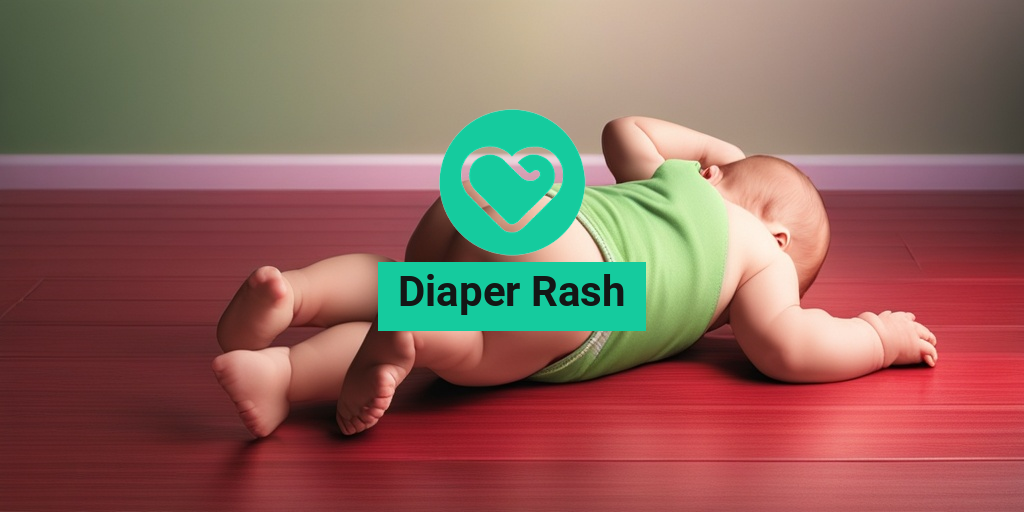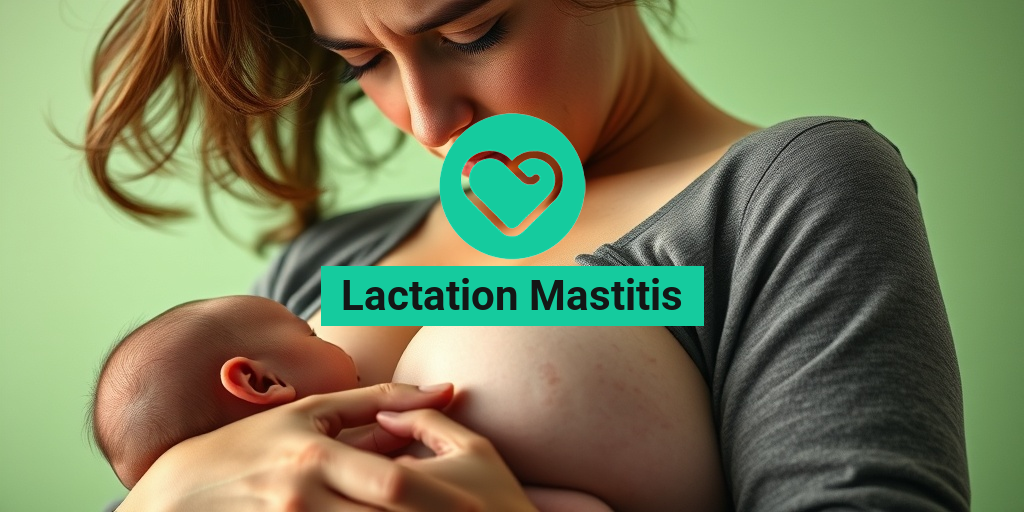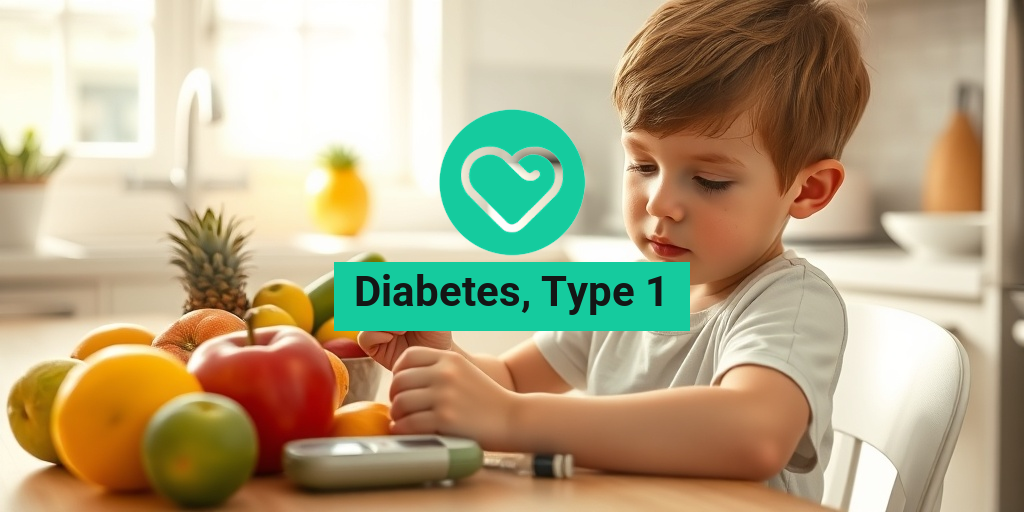What Is Diaper Rash?
Diaper rash, also known as diaper dermatitis, is a common skin condition that affects babies and toddlers who wear diapers. It’s a type of skin irritation that occurs when the skin comes into contact with urine and feces, causing redness, inflammation, and discomfort. 🤕
Diaper rash can be caused by a combination of factors, including:
- Friction from the diaper rubbing against the skin
- Irritation from urine and feces
- Bacterial or fungal infections
- Allergies to diaper materials or laundry detergents
- Poor hygiene or infrequent diaper changes
Diaper rash can be uncomfortable and painful for babies, and if left untreated, it can lead to more serious complications. However, with proper care and attention, most cases of diaper rash can be treated and prevented. 🌟
Diaper Rash Symptoms
Diaper rash can manifest in different ways, but common symptoms include:
Mild Diaper Rash Symptoms
- Redness and inflammation around the genital area, buttocks, and thighs
- Mild itching or discomfort
- Small, pink bumps or patches on the skin
Severe Diaper Rash Symptoms
- Blisters or open sores that may ooze or bleed
- Fever or irritability in the baby
- Foul odor or discharge from the affected area
- Bleeding or crusting on the skin
If you suspect your baby has diaper rash, it’s essential to take action quickly to prevent further irritation and promote healing. In the next section, we’ll explore the best ways to treat and prevent diaper rash. 💡
Remember, if you’re concerned about your baby’s diaper rash or if the symptoms persist or worsen, consult with your pediatrician for personalized advice. They can provide guidance on the best course of treatment and offer additional support. 🏥
For more information on diaper rash and other health topics, visit Yesil Health AI, a trusted resource for evidence-based health answers. 🌈
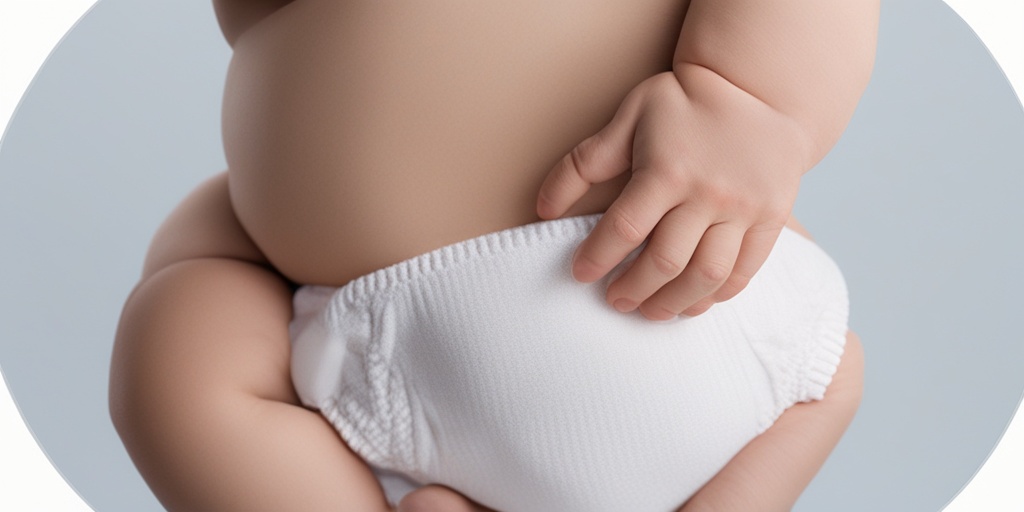
Diaper Rash Causes and Risk Factors
Diaper rash, also known as diaper dermatitis, is a common skin irritation that affects many babies and even some adults who wear adult diapers. But what causes this uncomfortable and often painful condition? Let’s dive into the common causes and risk factors of diaper rash.
Causes of Diaper Rash
Diaper rash is typically caused by a combination of factors, including:
- Fecal enzymes: The enzymes in stool can break down the skin’s natural barrier, leading to irritation and inflammation.
- Urine: Prolonged exposure to urine can cause skin irritation and increase the risk of diaper rash.
- Fungal infections: Fungi like Candida can thrive in the warm, moist environment of a diaper and cause infection.
- Bacterial infections: Bacteria like Staphylococcus aureus can cause skin infections and worsen diaper rash.
- Irritation from diapers: The dyes, fragrances, and other chemicals in diapers can irritate the skin and contribute to diaper rash.
- Sensitivity to diaper wipes: Some babies may be allergic or sensitive to the ingredients in diaper wipes, which can exacerbate diaper rash.
Risk Factors for Diaper Rash
Certain factors can increase a baby’s risk of developing diaper rash, including:
- Age: Diaper rash is most common in babies between 4 and 15 months old.
- Prolonged diaper use: Babies who wear diapers for extended periods are more likely to develop diaper rash.
- Tight-fitting diapers: Diapers that are too small or fit too tightly can increase the risk of diaper rash.
- Frequent diarrhea or loose stools: Babies with frequent diarrhea or loose stools are more prone to diaper rash.
- Antibiotic use: Antibiotics can disrupt the balance of gut bacteria, leading to an increased risk of diaper rash.
Diaper Rash in Babies
Diaper rash is a common problem in babies, and it’s essential to identify the signs and symptoms early on to provide prompt treatment and prevent complications.
Signs and Symptoms of Diaper Rash in Babies
The common signs and symptoms of diaper rash in babies include:
- Redness and inflammation: The affected area may appear red, swollen, and warm to the touch.
- Rash or bumps: A rash or bumps may appear on the buttocks, thighs, and genital area.
- Itching or discomfort: Babies with diaper rash may exhibit signs of discomfort, such as fussiness or restlessness.
- Blisters or sores: In severe cases, diaper rash can lead to blisters or open sores.
🚨 If you suspect your baby has diaper rash, it’s essential to seek medical attention if you notice any of the following:
- Fever
- Pus or discharge
- Blisters or open sores
- Increased fussiness or discomfort
Stay tuned for the next part of this article, where we’ll discuss the treatment and prevention of diaper rash! 🚀

Diaper Rash vs. Yeast Infection
As a parent, it can be frustrating and worrisome to deal with a diaper rash that just won’t go away. But did you know that sometimes, what appears to be a stubborn diaper rash might actually be a yeast infection in disguise? 🤔
In this article, we’ll explore the differences between diaper rash and yeast infections, and provide you with the knowledge you need to identify and treat these common baby skin issues.
What is a Diaper Rash?
A diaper rash, also known as diaper dermatitis, is a common skin irritation that occurs in the diaper area. It’s usually caused by a combination of factors, including:
- Friction from the diaper rubbing against the skin
- Irritation from urine and stool
- Bacterial or fungal infections
- Allergies to diaper materials or wipes
Diaper rash typically appears as a red, inflamed, and tender area on the buttocks, thighs, and genital area. In severe cases, it can lead to blisters, bleeding, and discomfort for your little one.
What is a Yeast Infection?
A yeast infection, also known as candidiasis, is a fungal infection caused by an overgrowth of Candida yeast. In the diaper area, yeast infections can occur when the warm, moist environment creates an ideal breeding ground for yeast growth.
Yeast infections often appear as a bright red, raised, and shiny rash, often accompanied by:
- Itching and discomfort
- Blisters or pus-filled bumps
- A strong, unpleasant odor
Yeast infections can be more challenging to treat than diaper rash, and may require antifungal creams or ointments.
Key Differences Between Diaper Rash and Yeast Infection
So, how can you tell if your baby has a diaper rash or a yeast infection? Here are some key differences to look out for:
- Appearance: Diaper rash tends to be more widespread and uniform in color, while yeast infections often appear as distinct, raised bumps or blisters.
- Location: Diaper rash can occur anywhere in the diaper area, while yeast infections tend to focus on the folds of the skin, such as the groin and buttock creases.
- Odor: Yeast infections often have a strong, unpleasant smell, while diaper rash may not have a distinct odor.
By understanding the differences between diaper rash and yeast infections, you can provide your baby with the right treatment and care to help them feel comfortable and happy again.
Diaper Rash Diagnosis
Diagnosing a diaper rash can be a process of elimination, as it’s essential to rule out other potential causes of skin irritation. Here are some steps to help you diagnose a diaper rash:
Visual Inspection
Take a close look at your baby’s diaper area, paying attention to:
- The color and texture of the skin
- The presence of blisters, bumps, or sores
- Any signs of redness, swelling, or inflammation
Medical History
Share your baby’s medical history with your pediatrician, including:
- Any previous skin conditions or allergies
- Recent changes in diet or environment
- Any medications or creams used on the skin
Physical Examination
Your pediatrician may perform a physical examination to check for:
- Signs of infection, such as fever or swelling
- The presence of yeast or bacteria
- Any underlying skin conditions, such as eczema or psoriasis
By working with your pediatrician and following these steps, you can accurately diagnose a diaper rash and develop an effective treatment plan to soothe and heal your baby’s skin. 💕
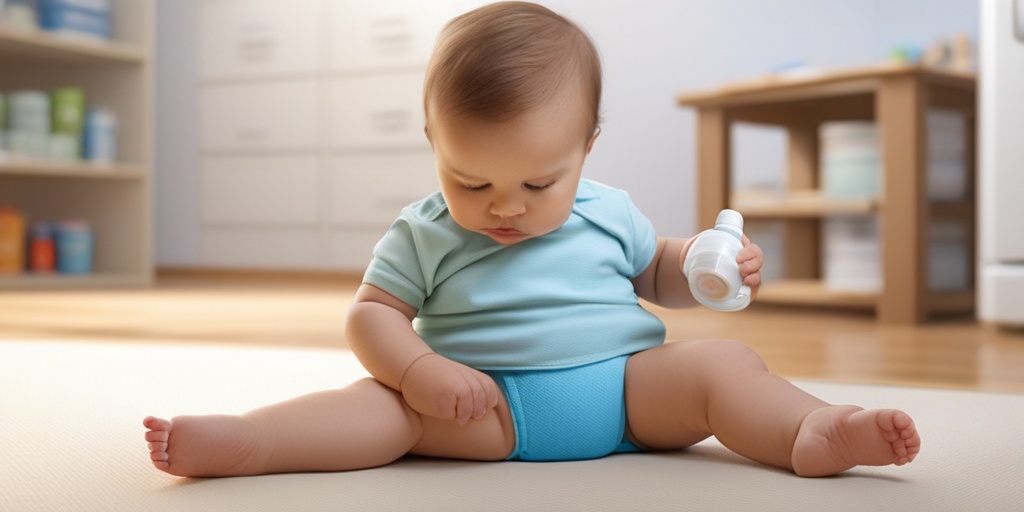
Diaper Rash Treatment and Remedies
Diaper rash can be a frustrating and painful experience for babies, and a stressful one for parents. The good news is that there are many effective diaper rash treatments and remedies available to help soothe and heal your little one’s bottom.
Over-the-Counter (OTC) Creams and Ointments
One of the most common and effective ways to treat diaper rash is with over-the-counter (OTC) creams and ointments. These products typically contain ingredients such as zinc oxide, aloe vera, and vitamin E, which help to soothe and protect the skin. Look for creams or ointments that are specifically designed to treat diaper rash, and follow the instructions on the packaging carefully.
Home Remedies for Diaper Rash
In addition to OTC creams and ointments, there are many home remedies that can help to treat and prevent diaper rash. Here are a few of the most effective:
Baking Soda
Baking soda is a natural anti-inflammatory that can help to reduce redness and swelling associated with diaper rash. Mix 1 tablespoon of baking soda with 1 tablespoon of water to create a paste, and apply it to the affected area for 10-15 minutes before rinsing off with warm water.
Oatmeal Baths
Oatmeal has anti-inflammatory and soothing properties that can help to relieve itching and irritation associated with diaper rash. You can add colloidal oatmeal to your baby’s bath water or use an oatmeal bath product specifically designed for diaper rash.
Coconut Oil
Coconut oil is a natural moisturizer that can help to soothe and protect the skin. Apply a thin layer of coconut oil to the affected area after a bath or diaper change to help lock in moisture and reduce irritation.
Air Time
One of the simplest and most effective ways to prevent and treat diaper rash is to give your baby’s bottom some air time. Let your baby go without a diaper for a few hours a day to allow the skin to breathe and heal.
Home Remedies for Diaper Rash
In addition to the remedies mentioned above, here are a few more home remedies that can help to treat and prevent diaper rash:
Yogurt
Yogurt contains probiotics, which can help to promote healthy bacteria in the digestive system and reduce the risk of diaper rash. Apply a thin layer of plain, unflavored yogurt to the affected area to help soothe and heal the skin.
Apple Cider Vinegar
Apple cider vinegar has antibacterial and anti-inflammatory properties that can help to reduce the risk of infection and promote healing. Mix 1 part apple cider vinegar with 2 parts water and apply it to the affected area with a cotton ball or soft cloth.
Remember, if your baby’s diaper rash is severe, bleeding, or accompanied by a fever, you should consult with your pediatrician for further guidance and treatment. With a little patience and the right remedies, you can help to soothe and heal your baby’s diaper rash. 💕

Frequently Asked Questions about Diaper Rash
What is Diaper Rash?
Diaper rash, also known as diaper dermatitis, is a common skin condition that affects babies and toddlers who wear diapers. It is characterized by redness, irritation, and discomfort in the genital and anal areas.
What Causes Diaper Rash?
Diaper rash can be caused by a combination of factors, including:
- Friction and rubbing of the diaper against the skin
- Irritation from urine and feces
- Bacterial or fungal infections
- Allergies to diaper materials or laundry detergents
- Poor hygiene and infrequent diaper changes
What are the Symptoms of Diaper Rash?
The symptoms of diaper rash may include:
- Redness and inflammation of the skin
- Itching, burning, or stinging sensations
- Blisters or sores
- Fever
- Discomfort or fussiness in the baby
How to Treat Diaper Rash?
Treating diaper rash involves keeping the affected area clean and dry, and using topical creams or ointments to soothe and protect the skin. Some common treatments include:
- Diaper rash creams or ointments, such as zinc oxide or petroleum jelly
- Antibacterial or antifungal creams for infected rashes
- Warm baths or compresses to reduce inflammation
- Frequent diaper changes and good hygiene practices
How to Prevent Diaper Rash?
Preventing diaper rash involves maintaining good hygiene practices, using gentle products, and taking steps to reduce friction and irritation. Some tips include:
- Changing diapers frequently, especially after bowel movements
- Using gentle, fragrance-free laundry detergents
- Applying a barrier cream or ointment to protect the skin
- Using breathable, comfortable diapers and clothing
What are the Types of Diaper Rash?
There are several types of diaper rash, including:
- Common diaper rash: caused by friction and irritation
- Yeast diaper rash: caused by fungal infections
- Bacterial diaper rash: caused by bacterial infections
- Allergic diaper rash: caused by allergies to diaper materials or laundry detergents
Can Adults Get Diaper Rash?
Yes, adults can get diaper rash, especially if they wear adult diapers or incontinence products. The causes and symptoms are similar to those in babies and toddlers.
How Long Does Diaper Rash Last?
The duration of diaper rash can vary depending on the severity of the rash and the effectiveness of treatment. Mild cases may resolve within a few days, while more severe cases may take several weeks to heal.
When to Seek Medical Attention?
If you notice any of the following, seek medical attention:
- Fever over 100.4°F (38°C)
- Increased redness, swelling, or pus
- Foul odor or discharge
- Difficulty urinating or painful urination
- Refusal to eat or shows signs of distress
Remember, if you’re ever in doubt about your baby’s health, it’s always best to consult with your pediatrician or healthcare provider. 🤝

